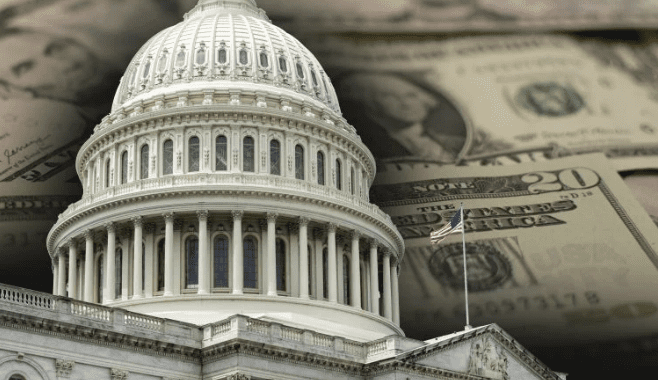The History of Credit – Part 1

Long, long time ago on a faraway planet, the landscape of credit was vastly different from what we know today.
Credit bureaus operated with a level of secrecy that is hard to imagine now, gathering data in ways that would be surprising today. For instance, did you know that Retailer’s Credit (now known as Equifax) once collected information from Welcome Wagon representatives? They would note the quality of your home, your furnishings, and even form opinions about your character.
Accessing your credit report was nearly impossible. It was often riddled with errors and misinformation, and you might never find out. Even if you discovered these inaccuracies, correcting them was another hurdle altogether.
Lending decisions were influenced by the contents of these reports, and often, the whims of the underwriter at the bank where you applied played a significant role. If you didn’t meet certain subjective criteria—such as appearance, minority status, or neighborhood—you were likely to be denied.
This began to change with the rise of credit cards in the late 1960s. Banks needed a reliable way to evaluate applicants who lived far away and could not be personally interviewed. Additionally, the unreliability of existing credit reports led to numerous disastrous lending decisions.
During this time, Congress started investigating discriminatory practices in housing loans and the conduct of collection agencies. This led to the enactment of the Fair Credit Reporting Act (FCRA) in 1971, followed by the Fair Debt Collection Practices Act (FDCPA) in 1977.
The FCRA mandated significant reforms in how Consumer Reporting Agencies (CRAs) operated. As consumer reports became more standardized and accurate, lenders shifted from relying on underwriters’ instincts to more dependable data.
Despite early attempts at developing automated risk-scoring models, results were often inconsistent and still biased by factors like age and gender.
Fair Isaac and Company seized this opportunity, creating a risk model that became essential with the movement to reform mortgage lending. Released in the 1980s, the FICO score was promoted as an impartial and consistent method for evaluating credit applications, removing personal bias from the equation.
Faced with pressure from Congress to eliminate discriminatory lending practices, lenders embraced FICO scores as a solution to their compliance challenges. They have relied on this system ever since.
